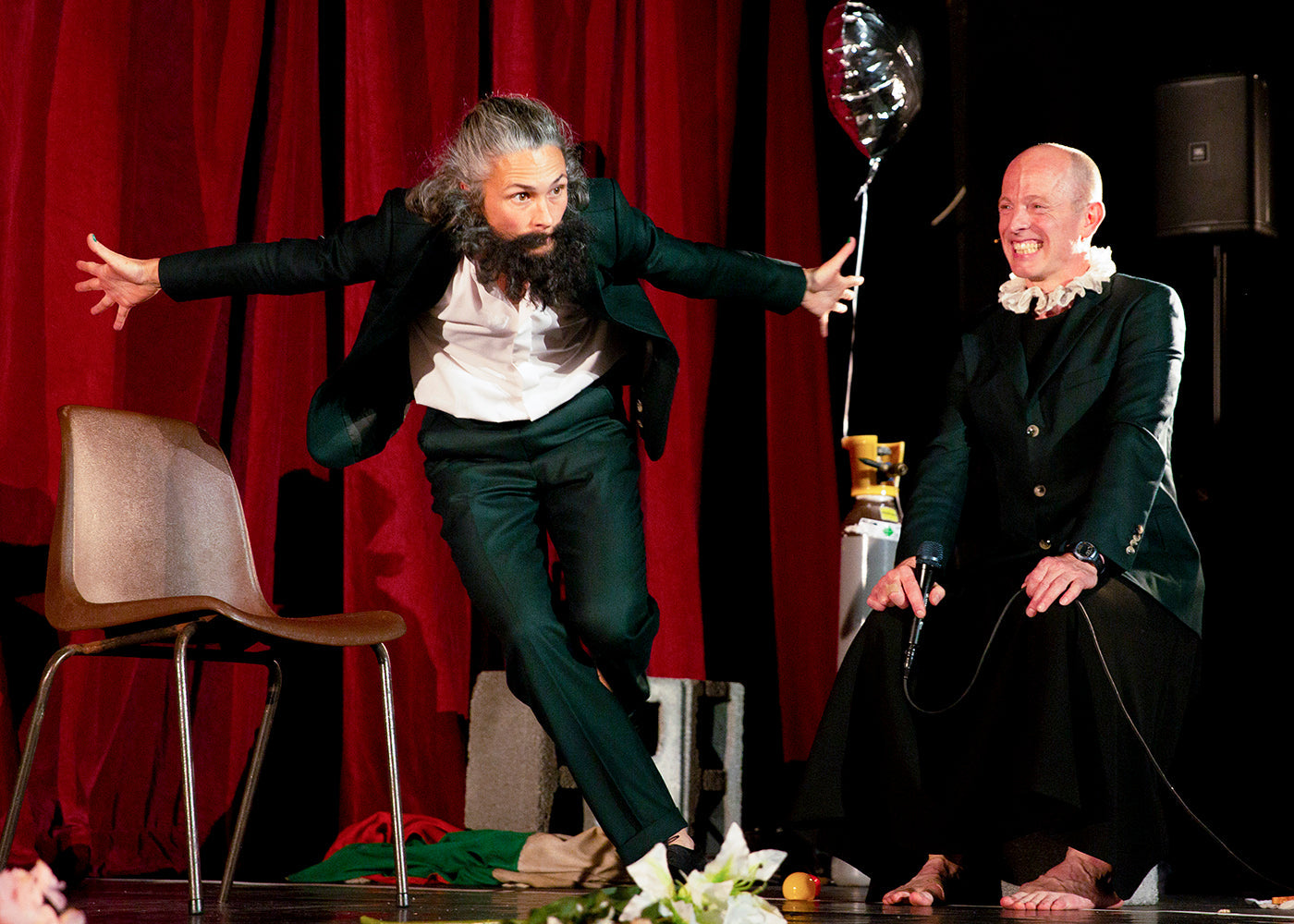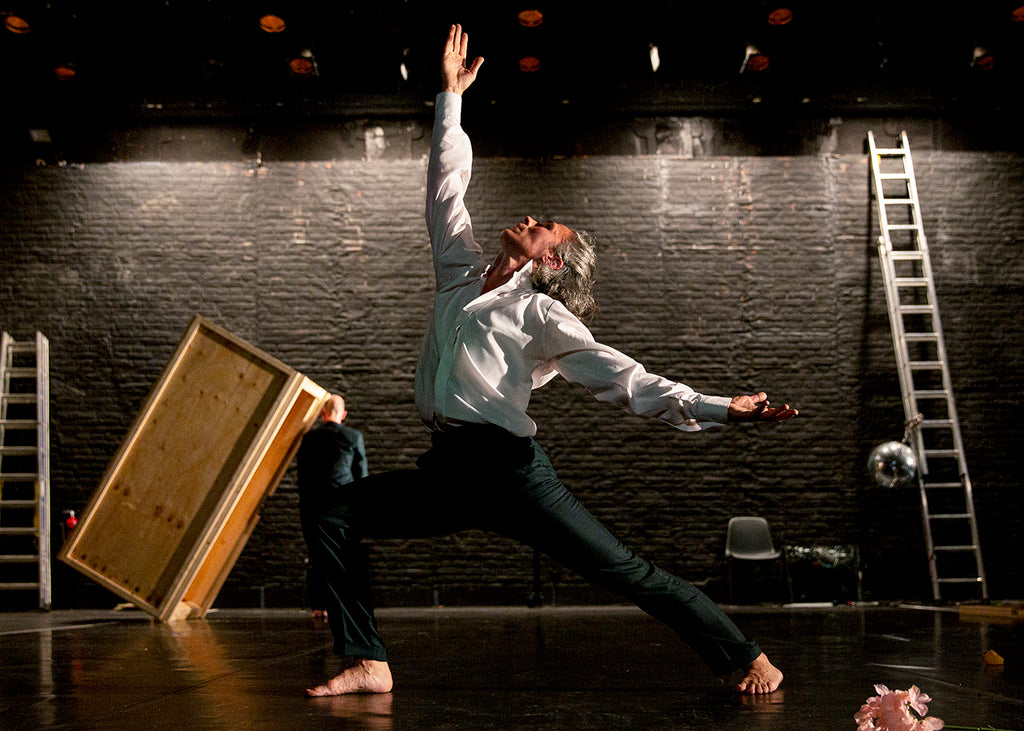Mishima’s Muse
Japan Society’s Yukio Mishima centennial series culminated with “Mishima’s Muse – Noh Theater,” which was actually three programs of traditional noh works that Japanese author Yukio Mishima adapted into modern plays.
Continue Reading
World-class review of ballet and dance.
There’s a dash of madness and oodles of heart in this 2022 dance theatre work from the choreographer Michael Keegan-Dolan, who takes us on a whistlestop tour through his biography, including his childhood in 1970s Dublin and his breakthrough years as a dancer (and eventual dancemaker) in ‘90s London. There’s the silly, the tragic, the cringe and of course the confessional (he’s Irish-Catholic, after all), communicated through evocative monologue and snippets of song. The soundtrack is heavy on New Wave, a formative genre for Keegan-Dolan, who recalls the impact of eccentric hits like 1977’s “Psycho Killer:” “[I thought] if there’s a place in the world for Talking Heads frontman David Byrnes, maybe there’s a place for me.”
Performance
Place
Words



“Uncommonly intelligent, substantial coverage.”
Your weekly source for world-class dance reviews, interviews, articles, and more.
Already a paid subscriber? Login

Japan Society’s Yukio Mishima centennial series culminated with “Mishima’s Muse – Noh Theater,” which was actually three programs of traditional noh works that Japanese author Yukio Mishima adapted into modern plays.
Continue ReadingThroughout the year, our critics attend hundreds of dance performances, whether onsite, outdoors, or on the proscenium stage, around the world.
Continue ReadingOn December 11th, the Alvin Ailey American Dance Theater presented two premieres and two dances that had premiered just a week prior.
Continue ReadingThe “Contrastes” evening is one of the Paris Opéra Ballet’s increasingly frequent ventures into non-classical choreographic territory.
Continue Reading
comments